Stuart Muir Wilson: flying the flag for amazing fungi
Who knew you could train mushrooms to eat coffee grounds, polystyrene and petrochemicals? Stuart Muir Wilson, for one.
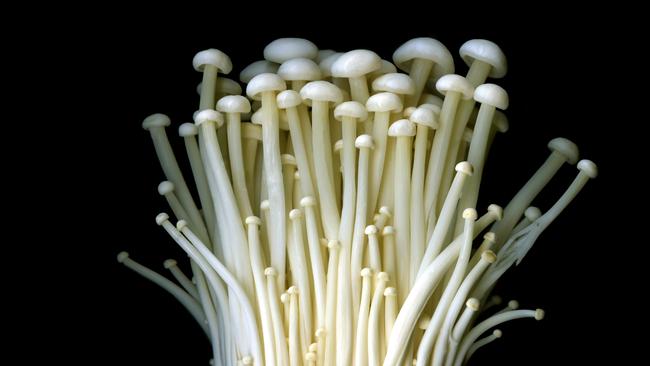
Who knew you could train mushrooms to eat coffee grounds? Stuart Muir Wilson, for one. Muir Wilson – who happens to be the grandson of Bill Mollison, one of the founders of permaculture – is fascinated by the environmental potential of mushrooms, as well as their variety of flavours.
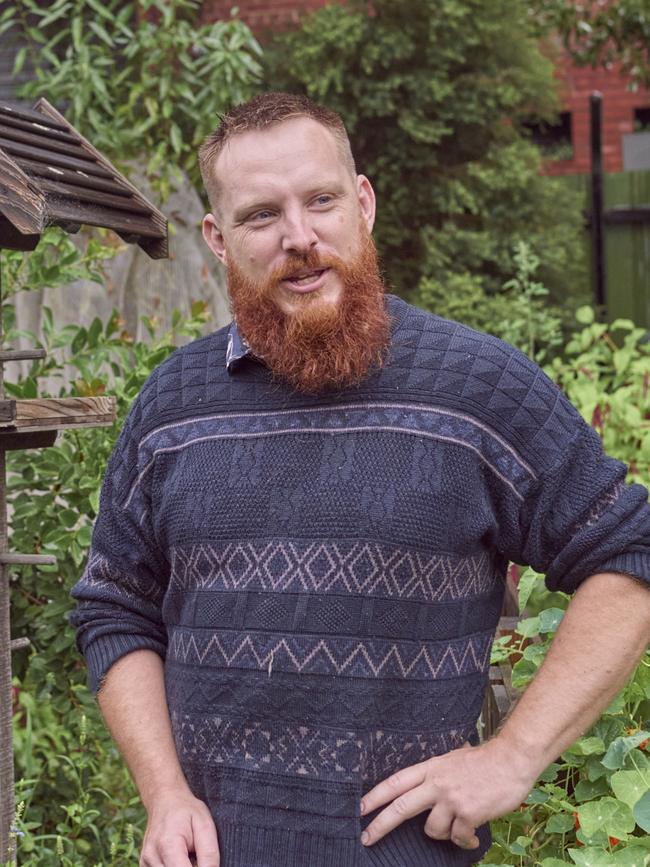
Muir Wilson presents workshops on growing mushrooms at the community permaculture garden he runs at the Ecological Justice Hub for Jesuit Social Services in Brunswick, Melbourne. Meanwhile, he experiments with white oyster mushrooms, training their mycelia to eat different environmental wastes, from spent coffee grounds to chemical pollutants.
Mycelia are the mass of fine interwoven filaments spreading through soil or dead wood that form the vegetative part of a fungus; the actual mushroom is the organism’s ephemeral fruiting body.
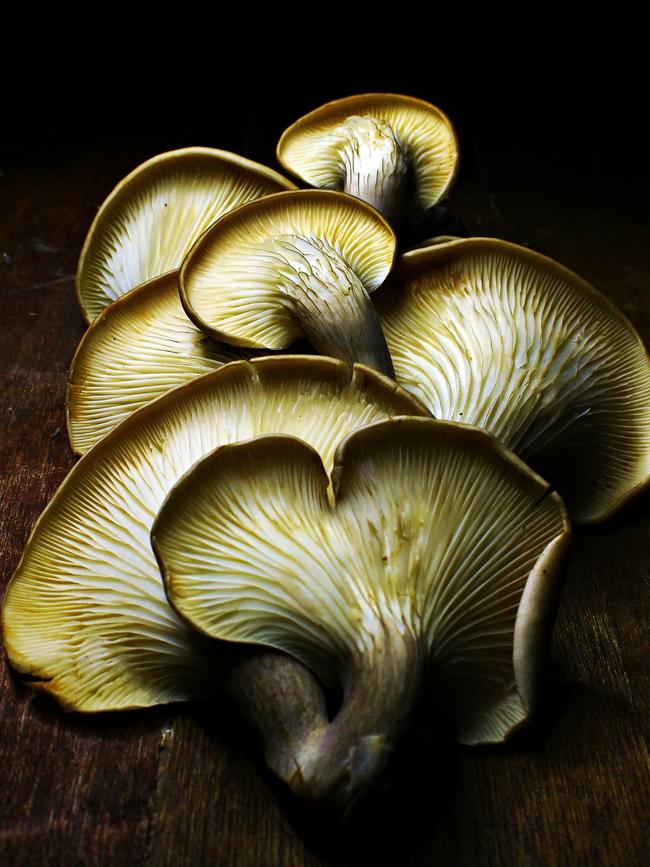
“On petri dishes we start them on 1 per cent of a new ‘food’ and gradually increase it until they can grow on 100 per cent of that food,” Muir Wilson says.
“These mycelia can produce up to 480 enzymes that digest different foods – even polystyrene and petrochemicals. They’re incredibly smart. It’s fascinating and extraordinary the different patterns of mycelium you can get out of one mushroom clone on a petri dish.”
He loves to grow pink and yellow oyster mushrooms because they’re the easiest and fastest, being tropical varieties that grow from spring to autumn and suit warmer climates. In autumn he switches to white and tan ones that prefer cooler conditions.
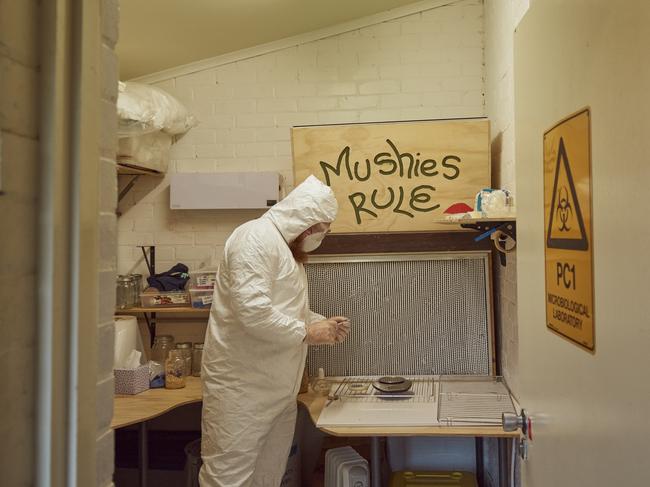
Muir Wilson says traditional field mushrooms are trickier to grow and have an earthy flavour; they are not as versatile for cooking as oyster mushrooms, which have a more sophisticated array of flavours. And oyster mushrooms are fast – “in the right conditions you can fruit mushrooms from a beginner bag within a few weeks and it’s really fun for kids”, he adds.
In the wild, mushrooms fruit when temperatures and moisture levels are exactly right (usually in autumn or spring) but under controlled conditions indoors it’s possible to produce harvests all year.
Boxed kits with everything needed to grow your own mushrooms are available for varieties such as enoki, oyster, shiitake, portobello, king oyster, white button and several Australian species. Muir Wilson suggests buying kits direct from suppliers such as Aussie Mushroom Supplies, Life Cykel and Urban Spore Mushrooms rather than retailers. “They’ll be fresher and you might get four or five harvests from one bag.”
A few pointers
- Mushrooms need light to grow (similar to that from a reading light), high humidity and constant, cool to mild temperatures.
- Those fascinated by the use of fungi in bioremediation (a practice called mycoremediation) can read Mycelium Running: How Mushrooms Can Help Save the World, by Paul Stamets.
- Muir Wilson also recommends Tradd Cotter’s book Organic Mushroom Farming and Mycoremediation as a good entry-level resource.
Q&A
Many mushrooms are appearing around my fruit trees, with some flat yellow ones on the branches. What does this mean?Malcolm Palmer, Melbourne
The mushrooms you see, often in autumn, are final-stage evidence of long-term fungal presence. Mushrooms in soil might be harmless to plants but others such as Armillaria or honey fungus are generally fatal. Bracket fungi on tree branches tend to indicate terminal disease. For identification, try fungioz.com, fungimap.org.au or the app iFungi AU.
My white camellia in a pot outdoors fills with buds but they brown and drop off. I’ve tried moving it to morning sun and fertilising. It looked great after repotting but now the leaf tips have turned dark brown.Anna Dokos, Sydney
If buds are dry and brown, it’s probably water stress; pot plants are difficult to keep evenly watered. Some camellia varieties are more prone to shedding buds and white ones suffer from morning sun damaging dew-soaked buds and blooms. Other possible bud-drop factors can be bud mites, warm nights and magnesium deficiency. Brown leaf edges can be from fertiliser burn, or under- or overwatering.
Our healthy persimmon sends up increasing numbers of suckers. We’ve been cutting them off but can I dab herbicide?Peter Cowan, Palmwoods, Qld
Systemic herbicides such as glyphosate (Roundup, Zero) could kill the tree if painted on many suckers close to the trunk. Organic ones such as Slasher simply burn foliage and would be fine. You could use a degradable weed mat such as EcoCover, ECO Weedmat, Ultra Mulch Mat or Weed Gunnel, covered with mulch, to suppress suckers.
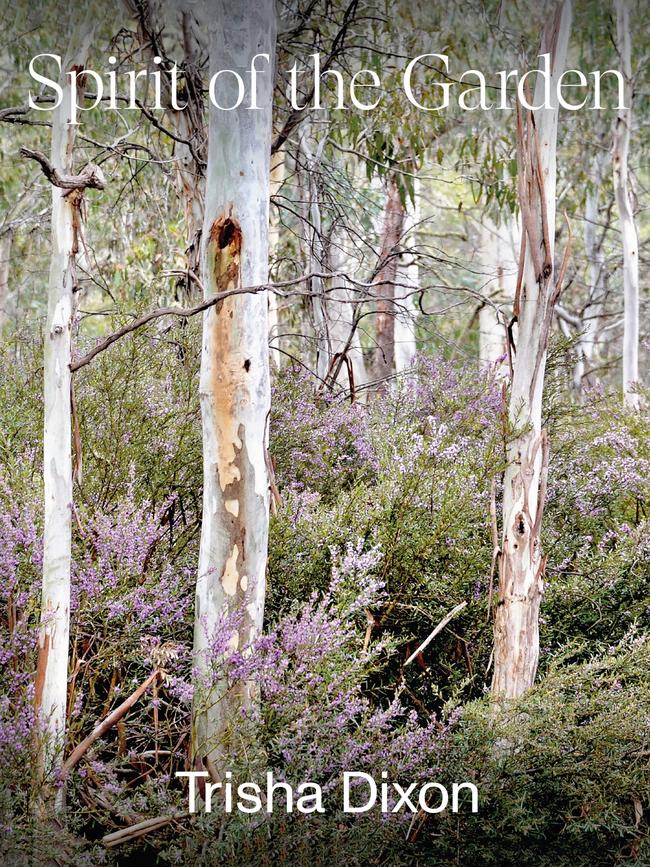
Send questions to: helenyoungtwig@gmail.com or Helen Young, PO Box 3098, Willoughby North, NSW 2068. helenyoung.com.au. The best question for April wins two signed copies of Trisha Dixon’s new book Spirit of the Garden (NLA Publishing, $65), worth $130. March’s winner is Linton Ritchie of Sydney for his question about NPK ratios in fertilisers.




To join the conversation, please log in. Don't have an account? Register
Join the conversation, you are commenting as Logout